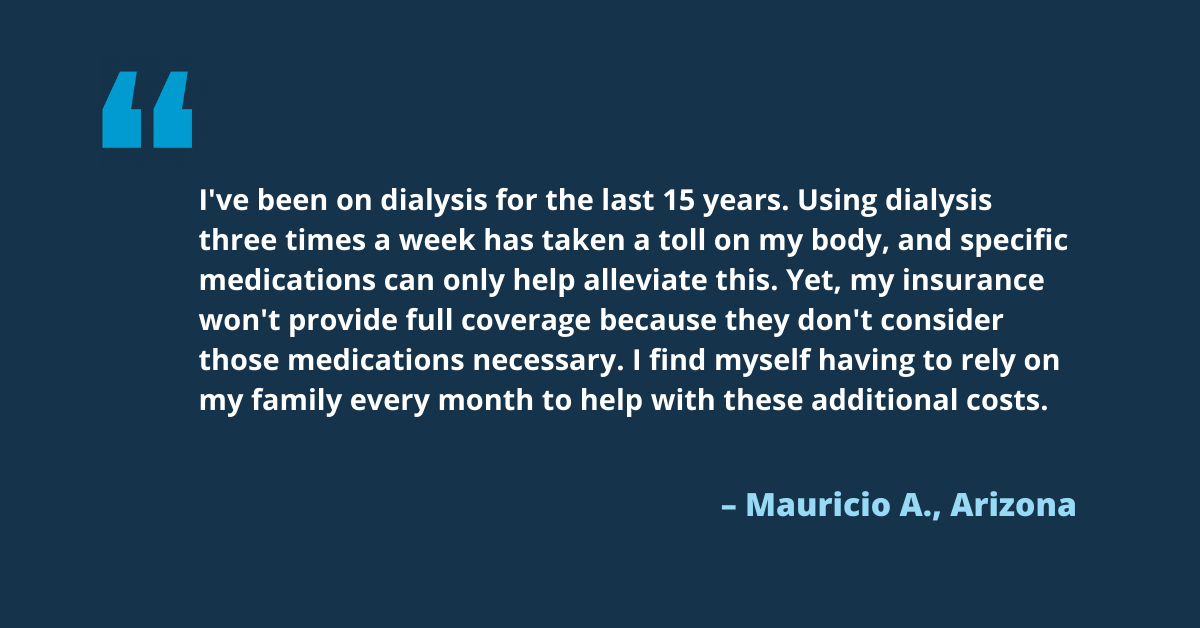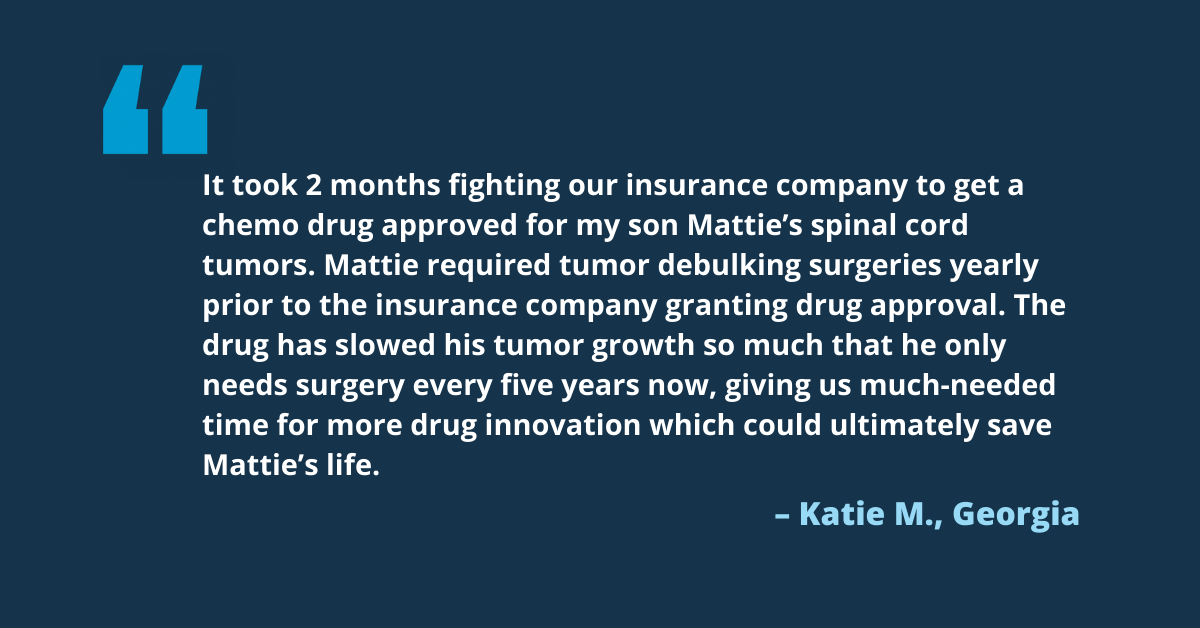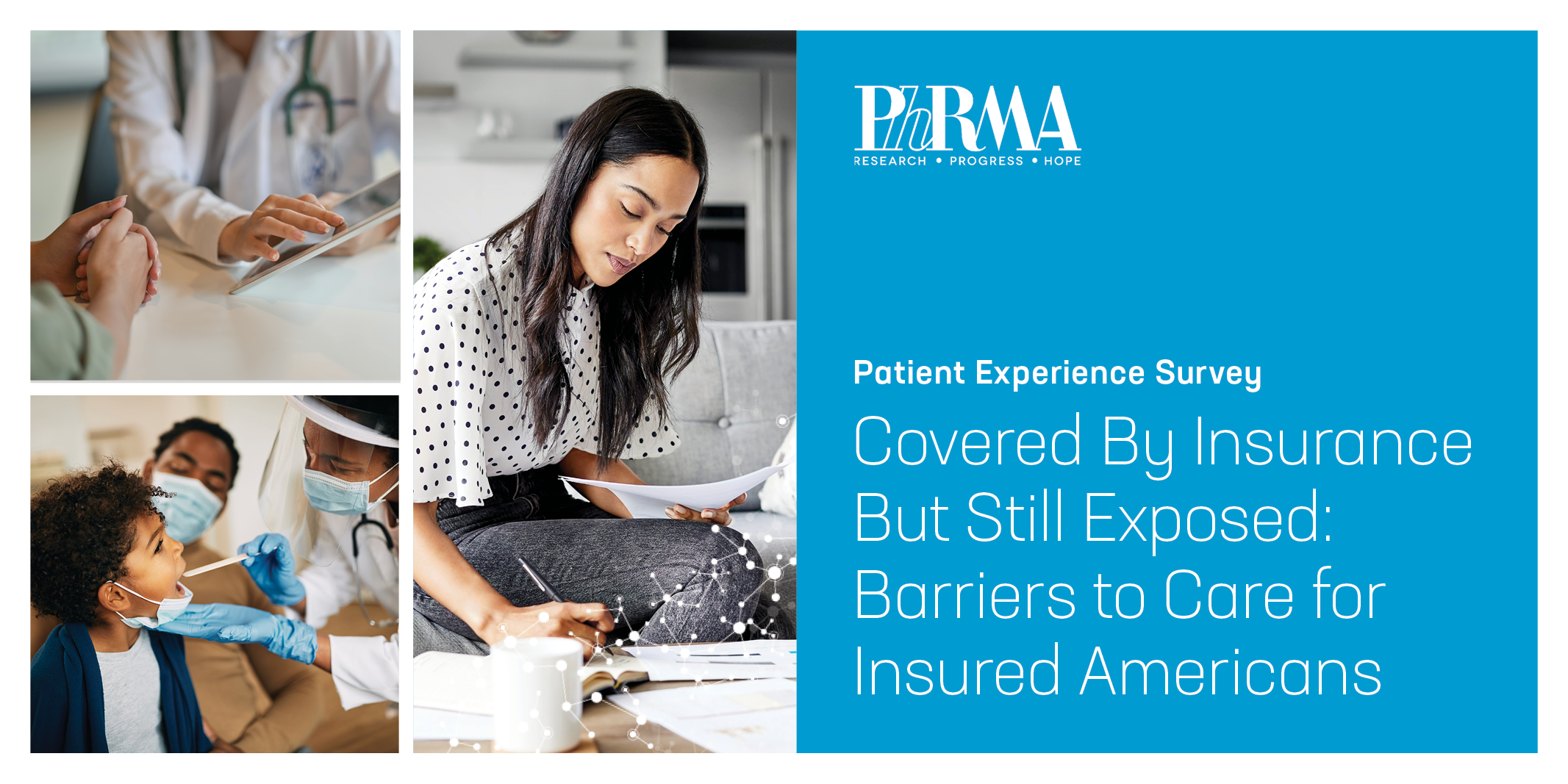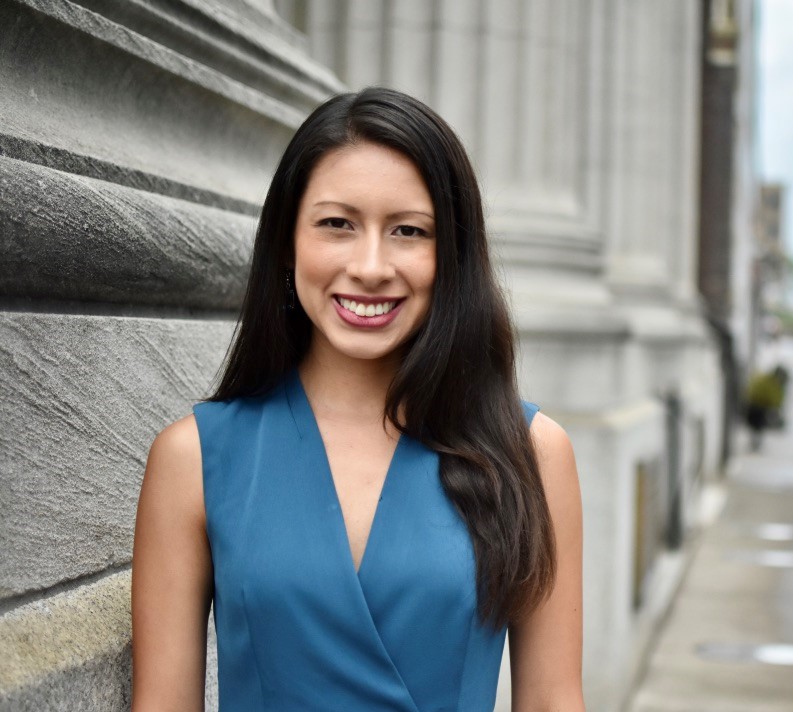Nearly half of insured Americans who take prescription medicines encounter affordability and access barriers to care, according to the findings of the newest installment of the Patient Experience Survey. The survey – based on interviews with 5,000 Americans – finds that more than a third of insured Americans report at least one financial barrier to care, such as a lack of savings to pay for emergency or unforeseen expenses. Despite paying premiums each month, many patients are experiencing an insurance system that isn't working for those who need care.

Here are three things you should know.
1. Nearly half (49%) of insured Americans who take prescription medicines face insurance barriers to accessing their medicines.
Nearly one in three insured Americans who take prescription medicines report the medicine their physician prescribed has been excluded from their insurers’ list of approved medicines. Nearly one in five reported having to undergo fail first, also known as “step therapy”, which requires patients to try and fail on one or more medicines before their insurer will cover the medicine originally prescribed. Insurer-imposed practices can also contribute to patients not taking medicines as prescribed by their doctors, potentially leading to negative health outcomes that can disproportionately impact communities of color and other underserved populations.
2. Health insurance deductibles and other out-of-pocket costs imposed by insurers create significant barriers to care and deepen inequities.
More than a third (35%) of insured Americans report spending more in out-of-pocket costs than they could afford in the last month, with high deductibles being the significant driver of these unaffordable costs. Black (24%) and Hispanic (21%) Americans with insurance are also most likely to report not being able to afford the care they need compared to just 17% of white Americans.
3. Cost sharing and medical debt leave too many insured patients financially vulnerable, especially those in Hispanic and Black communities.
Unaffordable out-of-pocket costs increasingly burden Americans, with more than a quarter of insured Americans (27%) reporting medical debt. The average debt reported by patients is $4,000, with hospital and doctors’ bills as the largest contributing factors. Hispanic (36%) and Black (33%) Americans with insurance are more likely to report outstanding medical debt, compared to 26% of white Americans.

This data reinforces the need for policymakers to pass common-sense reforms that lower patients’ costs at the pharmacy counter and improve the insurance system for those who need care.
Read the full Patient Experience Survey report here and learn more about patient-centered solutions at PhRMA.org/BetterWay.





